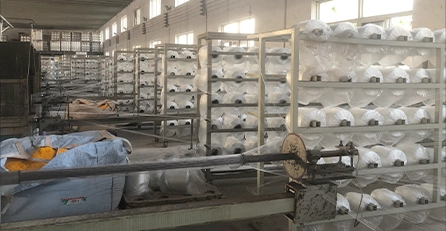vacuum hose
Understanding Vacuum Hoses Essential Components for Optimal Performance
Vacuum hoses play a crucial role in a variety of applications, particularly in vehicles and industrial machines. These hoses are designed to transport air and fluid efficiently while maintaining the necessary vacuum pressure for optimal performance. Understanding the significance of vacuum hoses, their construction, and their applications can help users maintain the functional integrity of their systems.
At its core, a vacuum hose is a specialized tube that helps create or maintain a vacuum within a system. They are typically made from flexible materials such as rubber, silicone, or reinforced vinyl, allowing them to withstand the pressures and environments they encounter. The construction of these hoses is paramount—they must not only be flexible but also durable enough to resist wear, abrasion, and exposure to various chemicals.
In automotive applications, vacuum hoses are integral to numerous systems, including the engine's intake manifold, brake boosters, and various emission control systems. For instance, the vacuum hose connected to the brake booster allows for smoother and more effective braking by utilizing vacuum pressure to enhance brake pedal response. If the vacuum hose incurs a leak, it can lead to a drop in brake effectiveness, posing safety risks. Thus, regular inspection and maintenance of these hoses are essential for vehicle safety and performance.
vacuum hose

In addition to automotive uses, vacuum hoses are also prominent in industrial settings. They are employed in suction systems for dust collection, material transport, and chemical transfer. Proper selection of the appropriate vacuum hose is vital in these environments, as factors such as temperature, pressure, and chemical compatibility can impact performance. Industrial vacuum hoses may require reinforced designs to manage heavier loads or harsher conditions, ensuring they can perform reliably.
Selecting the right vacuum hose involves considering the specific needs of the application. Factors such as diameter, length, and material should be assessed to ensure that the hose can handle the intended vacuum level without compromising performance. Using hoses that are not suited for the job can result in loss of efficiency or even complete system failure.
In conclusion, vacuum hoses are vital components across various industries, from automotive to industrial applications. Their ability to transport air and maintain vacuum pressures effectively makes them indispensable for the proper functioning of many systems. Regular maintenance and careful selection of these hoses will ensure longevity and optimal performance in any application, affirming their importance in everyday operations. Understanding their function can empower users to make informed choices that enhance efficiency and safety in their respective fields.
-
Top Quality Oxy Acetylene Hoses for Sale Fit for Welding DemandsNewsJul.28,2025
-
The Future of Pneumatic Air Tubes in IndustryNewsJul.28,2025
-
Superior and Reliable LPG Hose Pipe Solutions for Every NeedNewsJul.28,2025
-
Exceptionally Durable and Versatile Premium Braided PVC TubingNewsJul.28,2025
-
Best Adapters for Connecting Garden Hose to PVC Pipe ConnectionsNewsJul.28,2025
-
The Essential Role of LPG Hoses in Safe and Efficient Gas DistributionNewsJul.16,2025














